elemintalshop
Hermitage of St Helier 2 Pence Jersey Authentic Coin Money for Jewelry and Craft Making (Bailiwick of Jersey)
Hermitage of St Helier 2 Pence Jersey Authentic Coin Money for Jewelry and Craft Making (Bailiwick of Jersey)
Couldn't load pickup availability
Hermitage of St Helier 2 Pence Jersey Authentic Coin Charm for Jewelry and Craft Making (Bailiwick of Jersey)
Obverse: Crowned bust facing right
Lettering: QUEEN ELIZABETH THE SECOND
Reverse: Hermitage of St. Helier
Lettering: BAILIWICK OF JERSEY TWO PENCE
Features
Issuer Jersey
Queen Elizabeth II (1952-date)
Type Standard circulation coin
Years 1998-2016
Value 2 Pence
0.02 JEP = 0.027 USD
Currency Pound (decimalized, 1971-date)
Composition Copper plated steel
Weight 7.1 g
Diameter 25.91 mm
Thickness 1.95 mm
Shape Round
Orientation Medal alignment ↑↑
Number N# 6874
References KM# 104
When the tide is out, Hermitage Rock is connected to Jersey’s main town by a 1km causeway, snaking across the sand flats. At high tide the rock regains its island solitude that once attracted a devout hermit named St Helier. He was martyred here by pirates in 555.
St Helier’s little stone hermitage is perched attractively atop a craggy rock in the middle of the breakwater. This tiny, single-room chapel was built in the 12th century to enclose the saint’s living quarters. A rocky enclave on the left-hand side is known as St Helier’s Bed. It looks the right dimensions for a compact sleeping place, the rocky overhang providing some protection against the elements.
What’s the backstory? St Helier was originally from Belgium but fled after his father took exception to the local priest and murdered him. He ended up in a monastery on the French mainland near Jersey, working under the direction of abbot St Marcouf.
Jersey’s community of fishermen asked the abbot to send them a missionary, and St Helier was chosen. He lived in monastic seclusion on this rock for the next 13 years, sending his companion St Romard to and from the fishing village to minister to his little flock. On one occasion St Helier’s prayers healed a lame man on the island. At the time the island community was vulnerable to attack by sea raiders.
From his vantage point on the rocky isle, St Helier would look out for approaching sails and signal to the villagers if he spotted danger, giving them time to hide. The saint paid the ultimate sacrifice while shielding the villagers from one such raid in 555. Unable to escape himself, he was caught on his rock and beheaded by the pirates.
His hagiography records that he picked up his decapitated head and walked to Jersey’s shore. St Romard later found his companion’s corpse holding his severed head. He returned the body to mainland France, and a healing spring at Brévillesur-Mer arose where the martyr’s body rested overnight.
St Helier’s hagiography is called The Passion of St Helier, written in the 11th century. Historians have spotted several flaws in its chronology, and some of the details seem borrowed from other saints. However, a hermit called St Helier certainly lived on this rocky outcrop. We have very limited records for the 5th and 6th centuries in British history: this saint is a useful reminder of the role Christians from continental Europe played during these dark ages.
St Helier might be surprised to find himself in a book on British holy places. But Jersey is part of the British Isles, even if not part of the UK. It might eventually end up as an independent state, but St Helier will no doubt remain patron of the island he died to protect.
https://www.weekendr.co.uk/2020/09/04/a-pilgrimage-to-st-heliers-hermitage-jersey/
Share

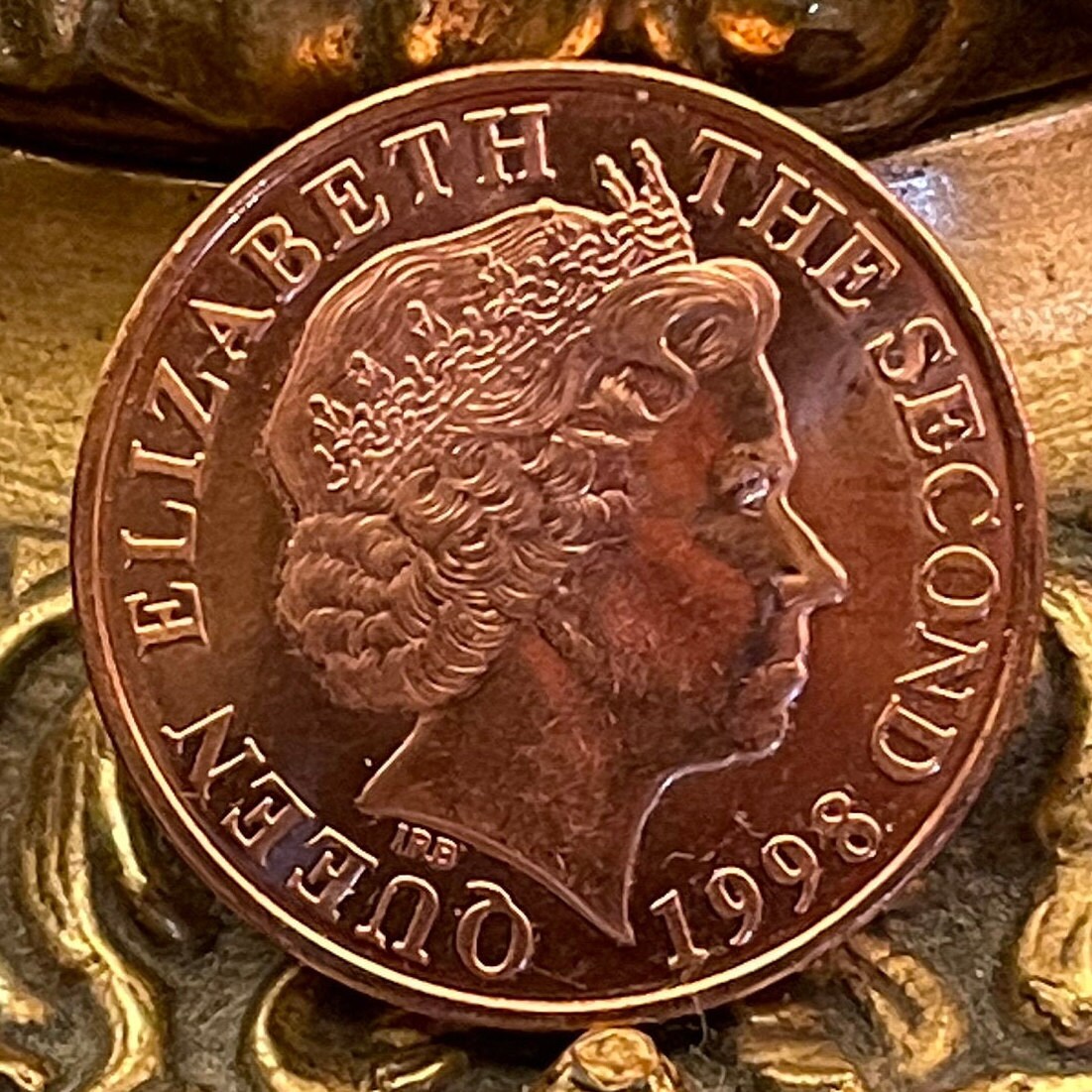
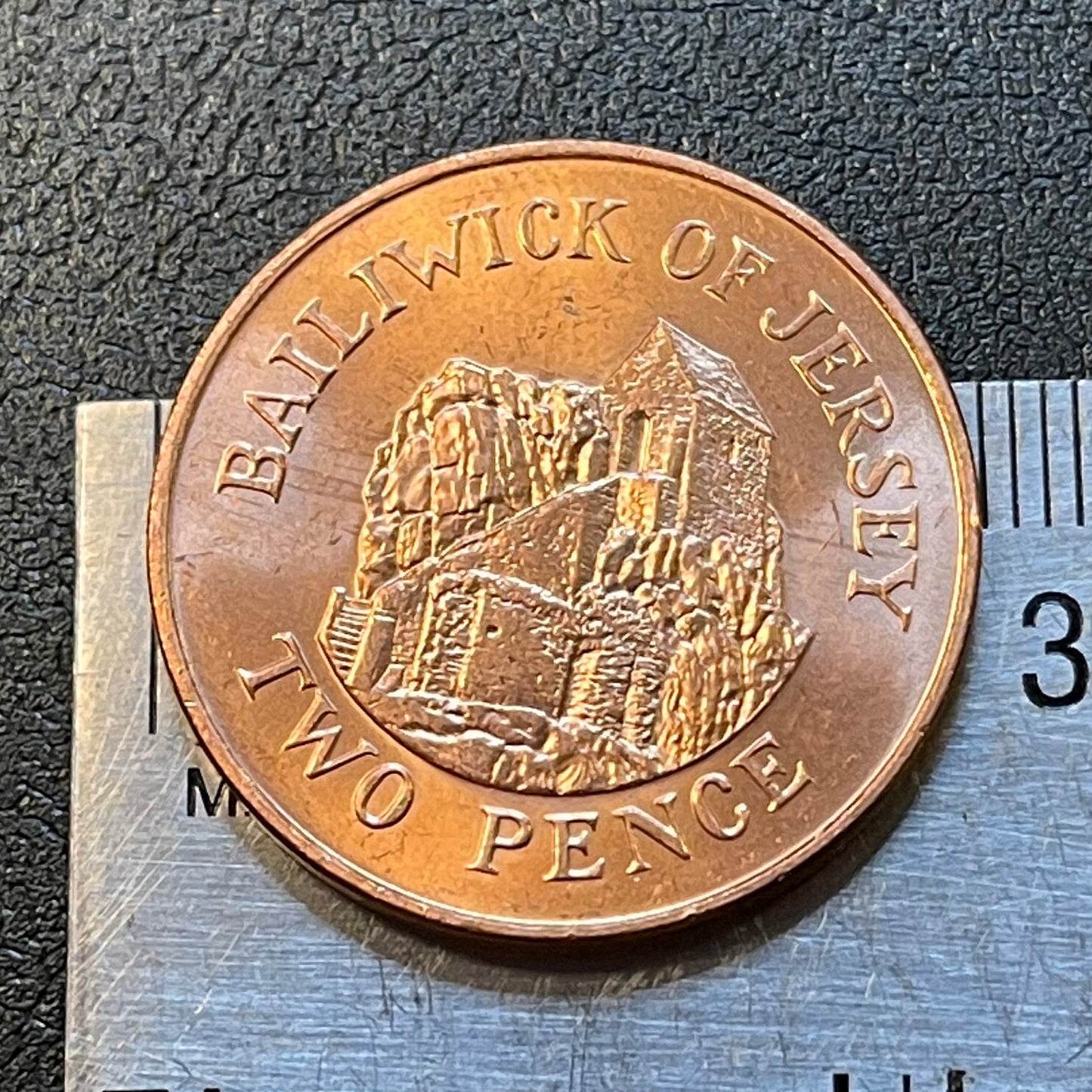
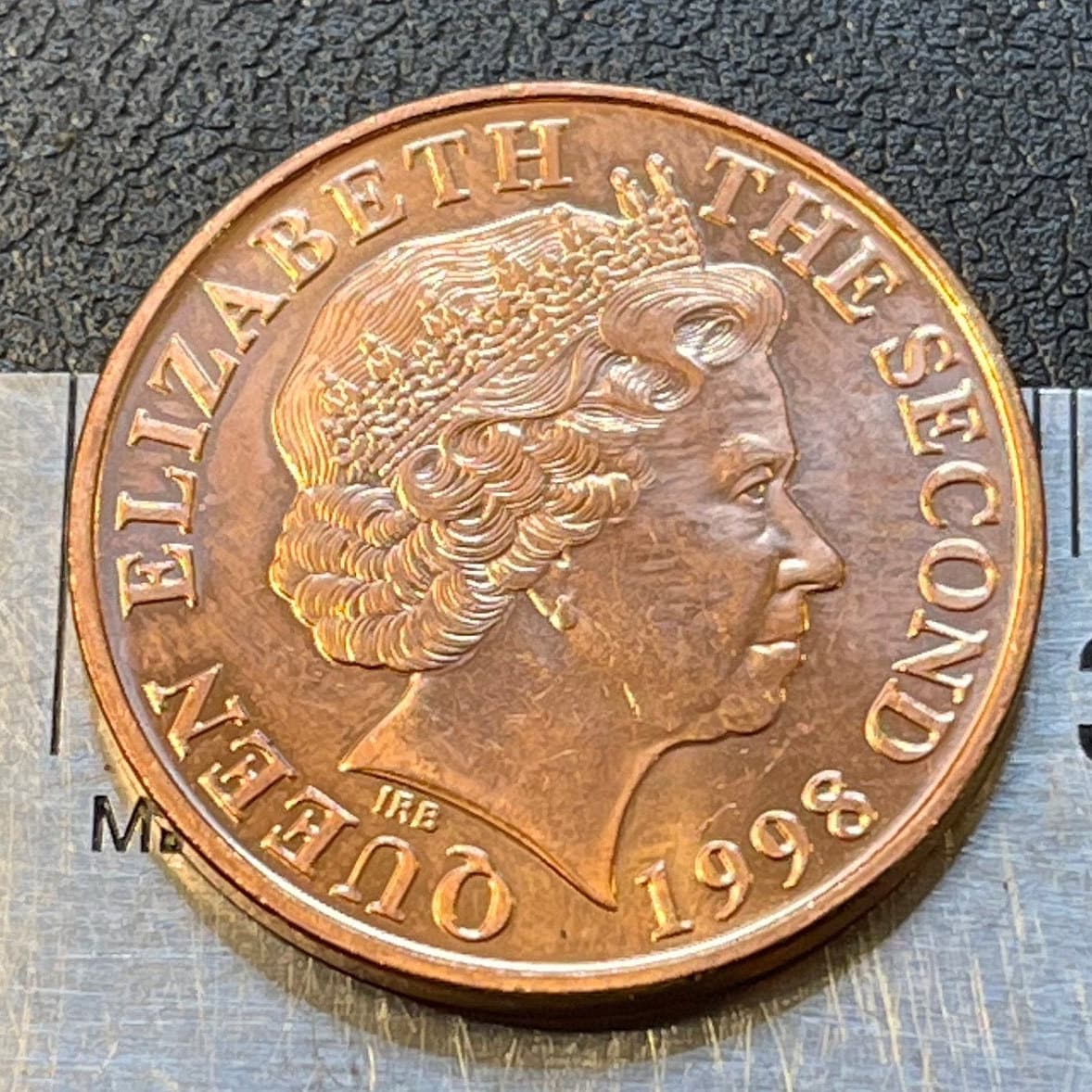
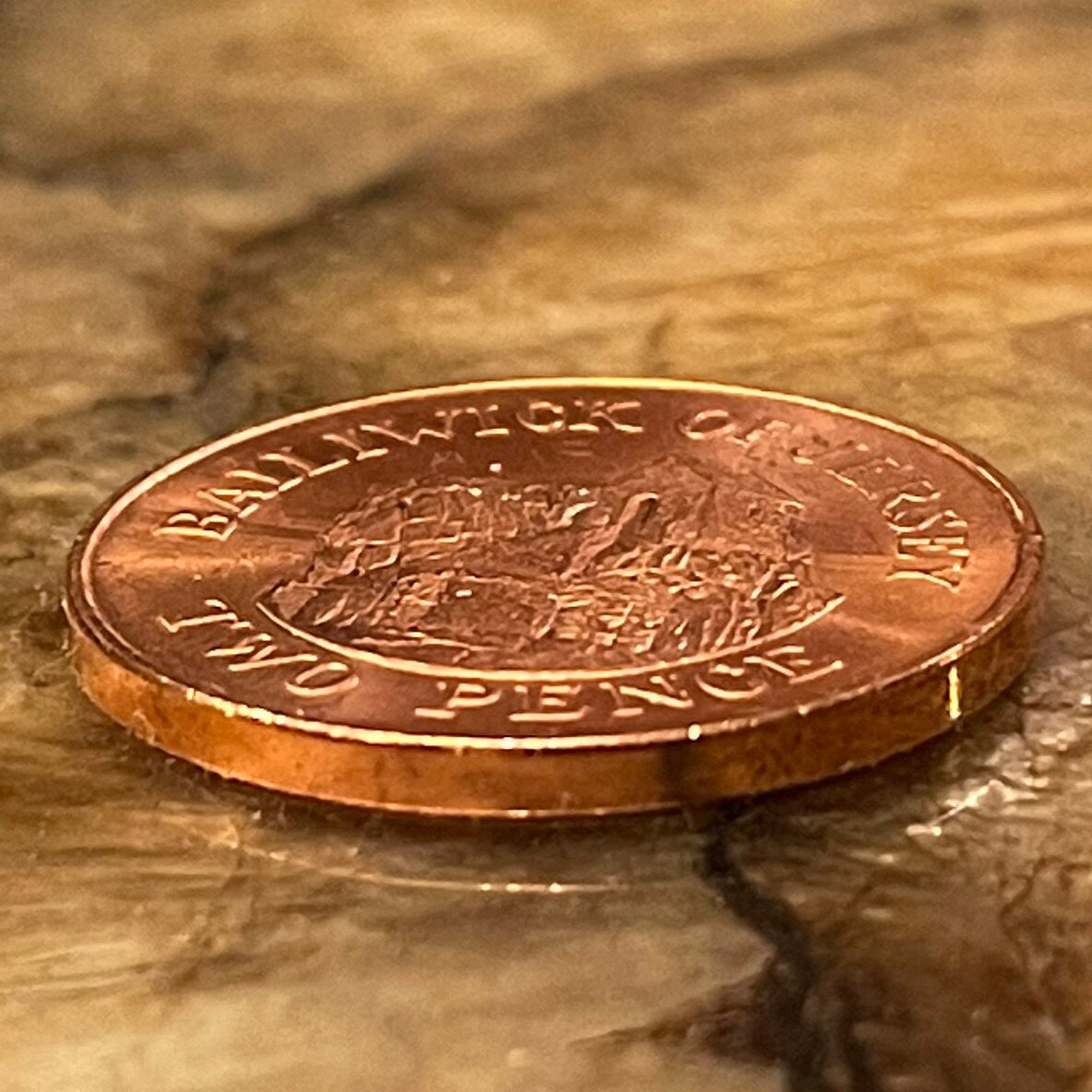
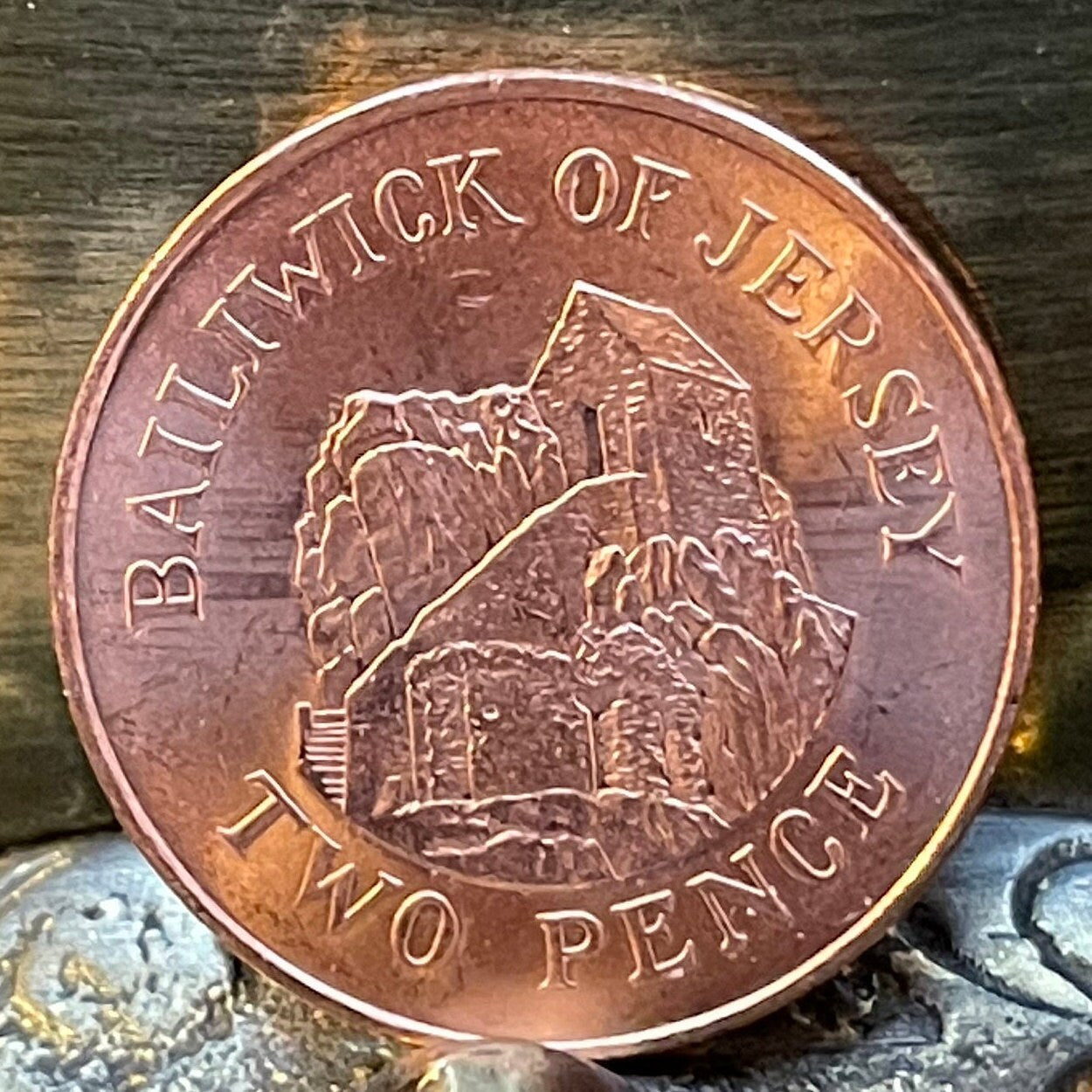
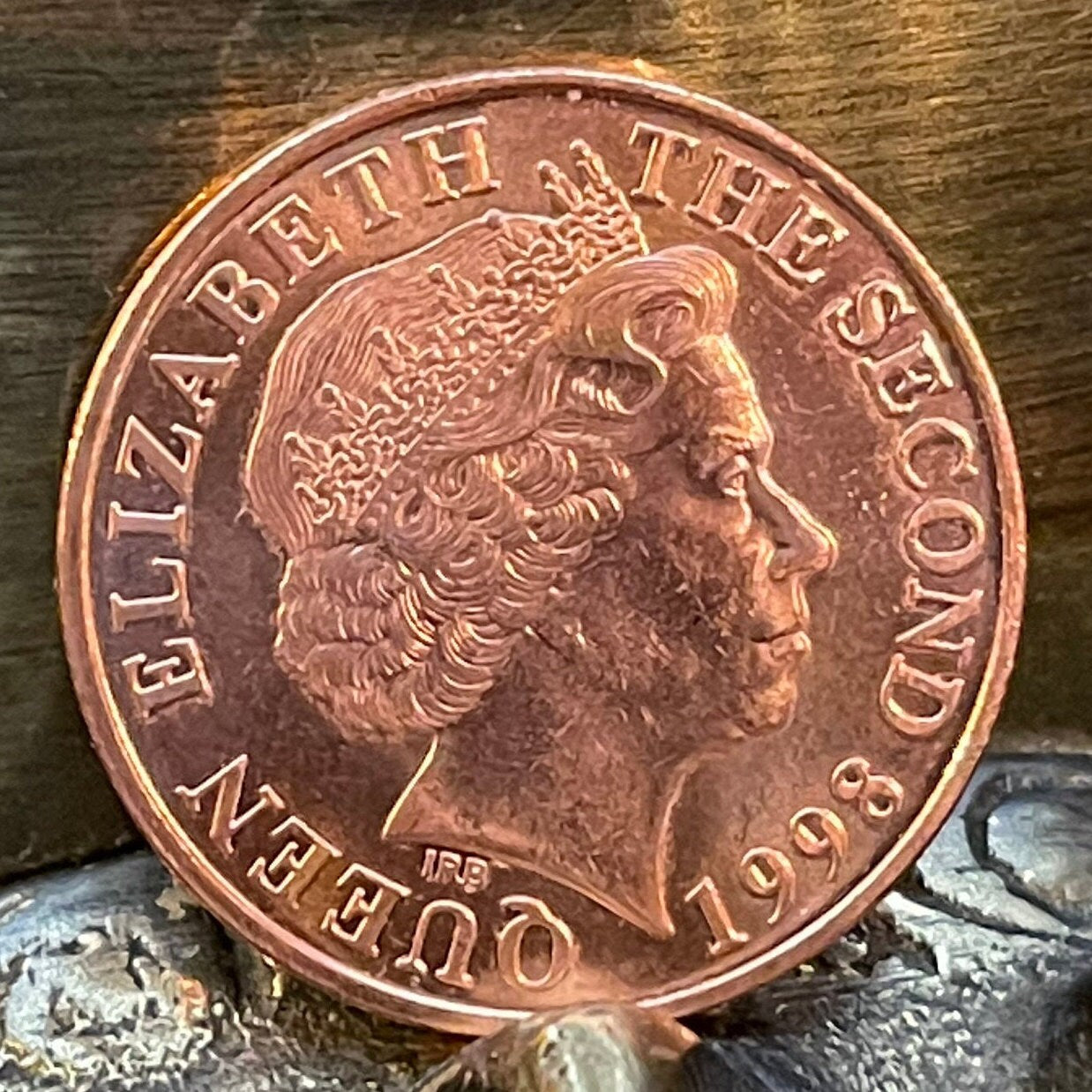
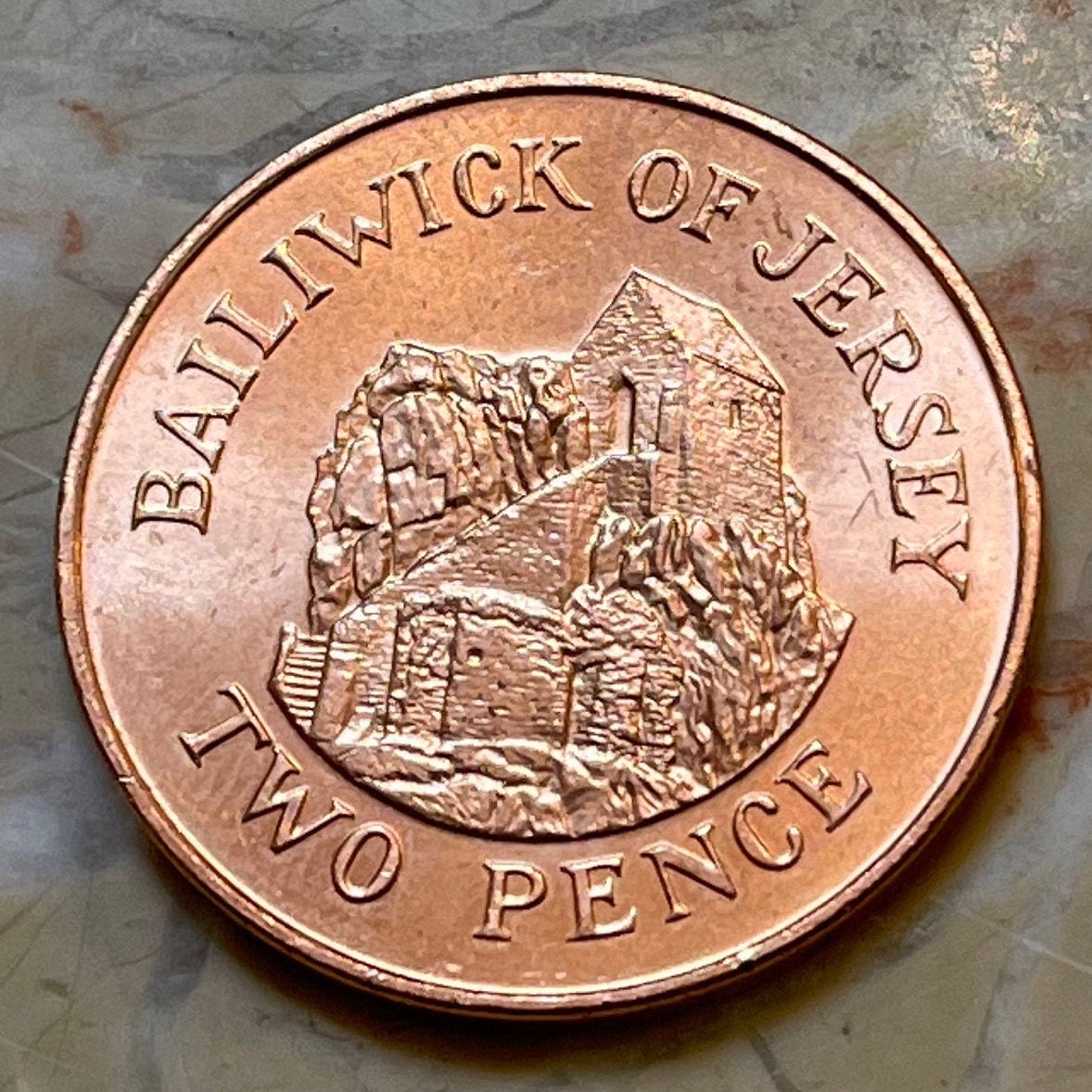
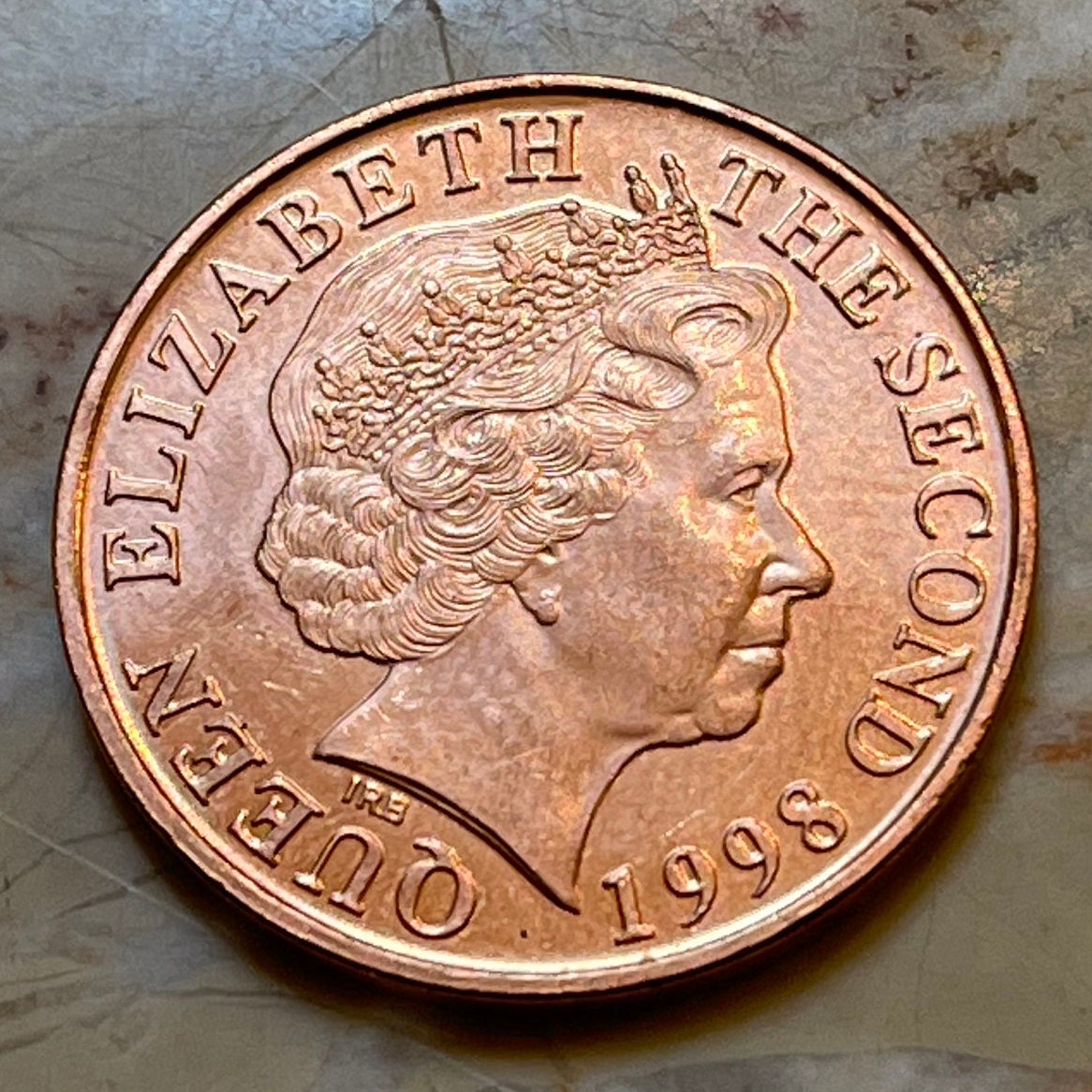
Sharp looking coin high grade.








